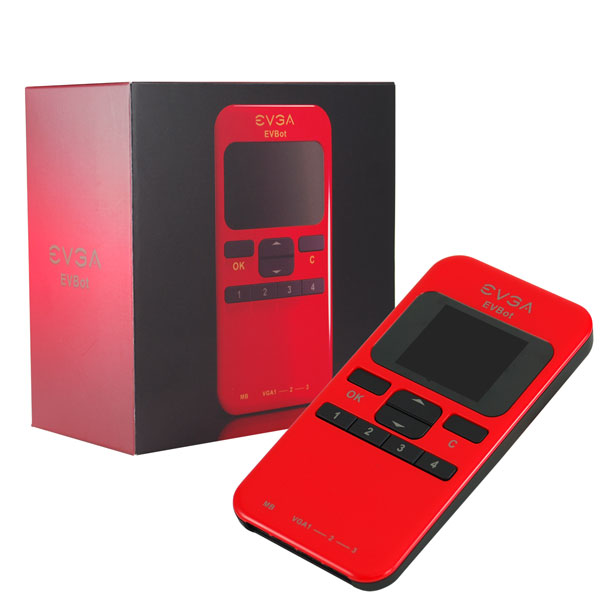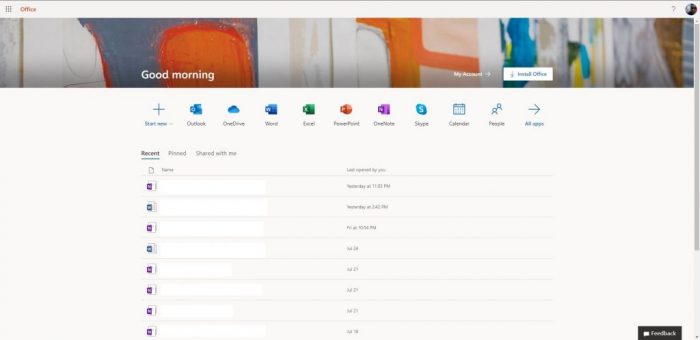
Aticcelerator Ii On The Fly Overclocking For Mac
Giacomoleopardo's Workstation Triplet. To fix the first one, there is a patch 'on the fly' for Clover, but in my case that doesn't work. Mac-27ADBB7B4CEE8E61.plist (iMac 14,2 board id) does have! Copy Mac-27ADBB7B4CEE8E61.plist on desktop, rename it Mac-F60DEB81FF30ACF6.plist.
| MAIN INDEX of latest speed tests | ||
Originally posted March 11th, 2005, by rob-ART morgan, mad scientist Mac gamers have been anxiously awaiting Doom 3 for the Mac. Hope springs eternal that the Mac version of Doom 3 will perform as well on the Mac as it does on the PC. In our 'Mac versus PC' game test page, we ran Doom 3 at 1600x1200 with Video Quality set to HIGH and the first four Advanced Options all set to YES. The G5/2.5GHz Power Mac with the two fastest graphics cards was handily beaten by 'high end' Windows PCs. There are already some excellent articles on Doom 3 for the Mac on at other sites. (See links below.) We decided to do an article probing ways to squeeze out a little more performance with only sight loss of visual quality and realism. These are the steps we've found helpful: STAGE ONE: Run at 1600x1200 with Video Quality set to HIGH; First FOUR Advanced Options set to YES. This is the starting point and the settings we used to compare the Mac to the PC in another article. STAGE TWO: Turn off SHADOWS in ADVANCED OPTIONS -- a step suggested by the developer. STAGE THREE: Turn off Anisotropic Filtering either with console command (image_anisotropic 0). This filter only affects distant details and, in my opinion, won't be make a noticeable difference in realism during game play. (In the case of the ATI X800 XT, we used the ATI Displays utility to override the Anisotropic Filtering settings in Doom 3, because it gave us faster times whether set at 8 or OFF.) STAGE FOUR: Switch from Trilinear Filtering to Bilinear. This is done by replacing: STAGE FIVE: This tweak only works on ATI Radeon graphics cards. We used ATIccelerator II to overclock the Radeon X800 XT (core clock set 5% faster to 500MHz and memory clock set 11% faster to 1100MHz). (We don't recommend this. It can cause permanent damage to your graphics card. If you see screen artifacts, then change the settings back to default immediately.) For the record, we only saw a 5% gain with overclocking when all the tweaks set. But at the 'normal' High Quality setting with Shadows ON and Anisotropy set to 8, the gain from overclocking is 13%. The graph below shows the gains we achieved with each stage of tweaking. We included the times from various Windows PC configurations as a reference point: LEGEND for graph CONCLUSION ON OUR TWEAKS of Doom 3 for the Mac MAC GAME PERFORMANCE BRIEFING FROM THE DOOM 3 DEVELOPERS 'Just like the PC version, timedemos should be run twice to get accurate results. The first run the game is caching textures and other data into RAM, so the timedemo will stutter more. Running it immediately a second time and recording that result will give more accurate results. WHY HIGH RESOLUTION AND HIGH SETTINGS ARE COOL COLLABORATION & EDUCATION RUNNING YOUR OWN DOOM 3 BENCHMARKS (NOTE: One reader informed me that adding a '1' parameter at the end of the 'timedemo' command (timedemo demo1 1) will pre-cache the run. I tried it but I still get 1 to 2 fps faster on the second run. So even if you pre-cache the first run, I suggest making two runs and note the second run's time.) If you make a lot of benchmark runs, I have a suggestion for a short cut: There are other little short cuts that save time during benchmarking -- like pressing ESC to skip the startup video or programming a function key to EXIT. We posted another page on Doom 3. This time we chose mid-range Macs and ran at 800x600 Medium with Shadows off. Check it out. RELATED LINKS Bare Feats runs Doom 3 on various mid-range Macs at 800x600 Medium with Shadows OFF. Mac versus PC in 3D Gaming (Our related article where we match up the fastest G5 Power Mac configurations against some of the fastests PCs.) Mac versus PC running Photoshop, After Effects, etc. Doom 3 'First Look' by MacWorld. (Includes benchmark results) SharkeyExtreme compares the PC versions of the GeForce 6800 GT and Ultra with the Radeon 9800 XT and X800 XT running Doom 3. Anandtech Doom 3 shootout with PC versions of GeForce 6800 GT, 6800 Ultra, Radeon X800 XT, and 9800 XT. WHERE TO BUY VARIOUS GRAPHICS CARDS FOR YOUR POWER MAC and MAC PRO For your Mac Pro, you have the following 16X PCI Express (PCIe) options: If you didn't order the Radeon X1900 XT with your Mac Pro, you can order the Radeon X1900 XT as an aftermarket kit for your Mac Pro, go to the Apple Store and click on DISPLAYS in the left margin or do a search on 'X1900.' NOTE: Mac Pro PCIe graphics cards will not work in Power Mac G5s with PCIe slots -- and vice versa. Nor will Windows PC PCIe graphics cards work in the Mac Pro. Graphics Card Options for the Dual-Core or Quad-Core G5 with 16X PCI Express slot: It's also sold by Small Dog Electronics and Other World Computing. The following cards only work on a G5 Power Mac with 8X AGP slot: Apple's Online Store is no longer selling the GeForce 6800 GT or Ultra, which had Dual-Dual-Link DVI ports (for two 30' Cinemas). The 'G5 only' Radeon 9800 Pro Mac Special Edition (8X AGP, 256MB, ADC + DVI port) is no longer made by ATI. The following cards work on both the G5 Power Mac (8X AGP) and G4 Power Macs with 2X or 4X AGP: ATI Online Store, Buy.com and Other World Computing have the Radeon 9600 Pro PC and Mac Edition (4X AGP, 256MB, DVI + Dual-Link DVI port) as well. It's compatible with late model G4 Power Macs and all G5 Power Macs with AGP slots. Priced at $199 MSRP it is the lowest priced AGP graphics card with Dual-Link DVI support. WHERE TO BUY G5 POWER MACS For new and refurbished G5 Power Macs, check with Small Dog and Power Max. WHERE TO BUY WINDOWS PCs The AMD Athlon FX55 (2.6GHz) was provided courtesy of @XiComputer. To price the Athlon FX55, visit their 'configure now' page. Has Bare Feats helped you? How about helping Bare Feats? © 2005 Rob Art Morgan |
Has Bare Feats helped you? How about donating to Bare Feats? feed |
| INDEX of recent articles or..
|
